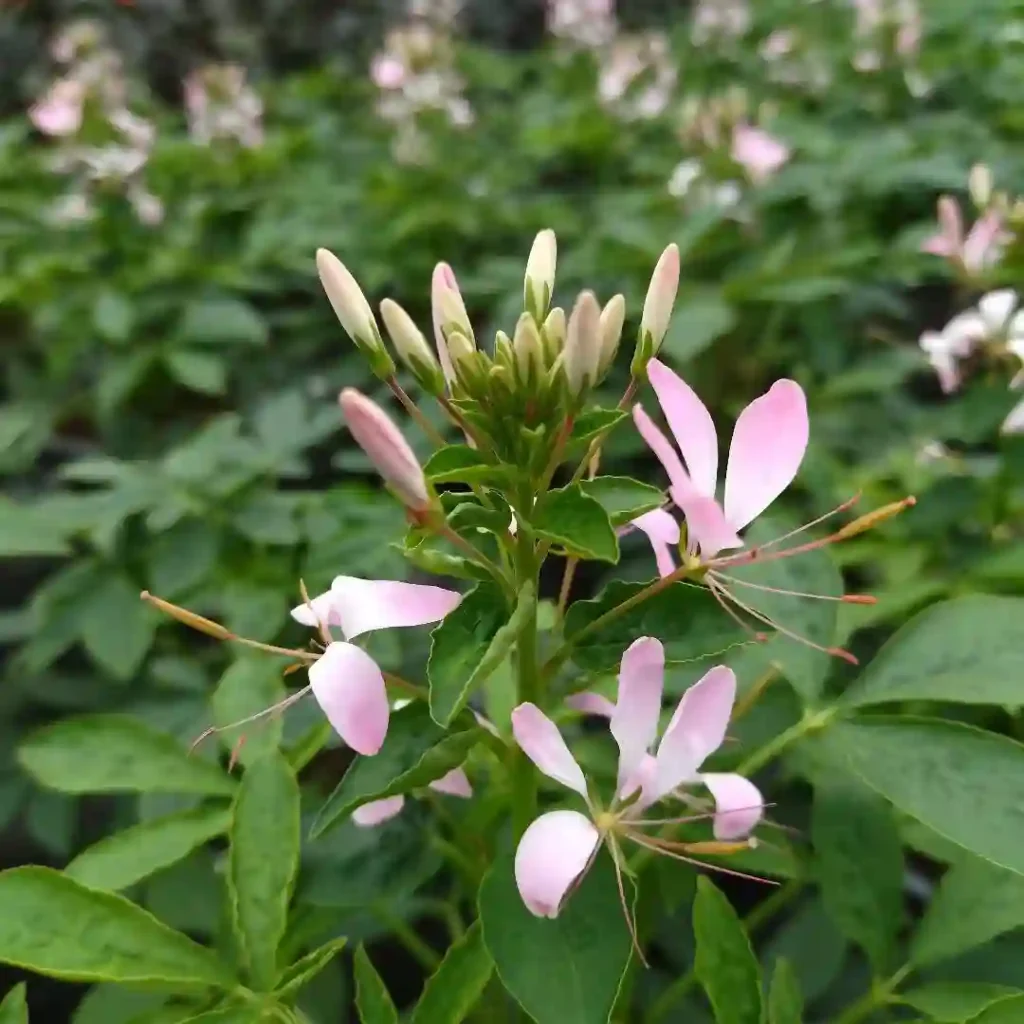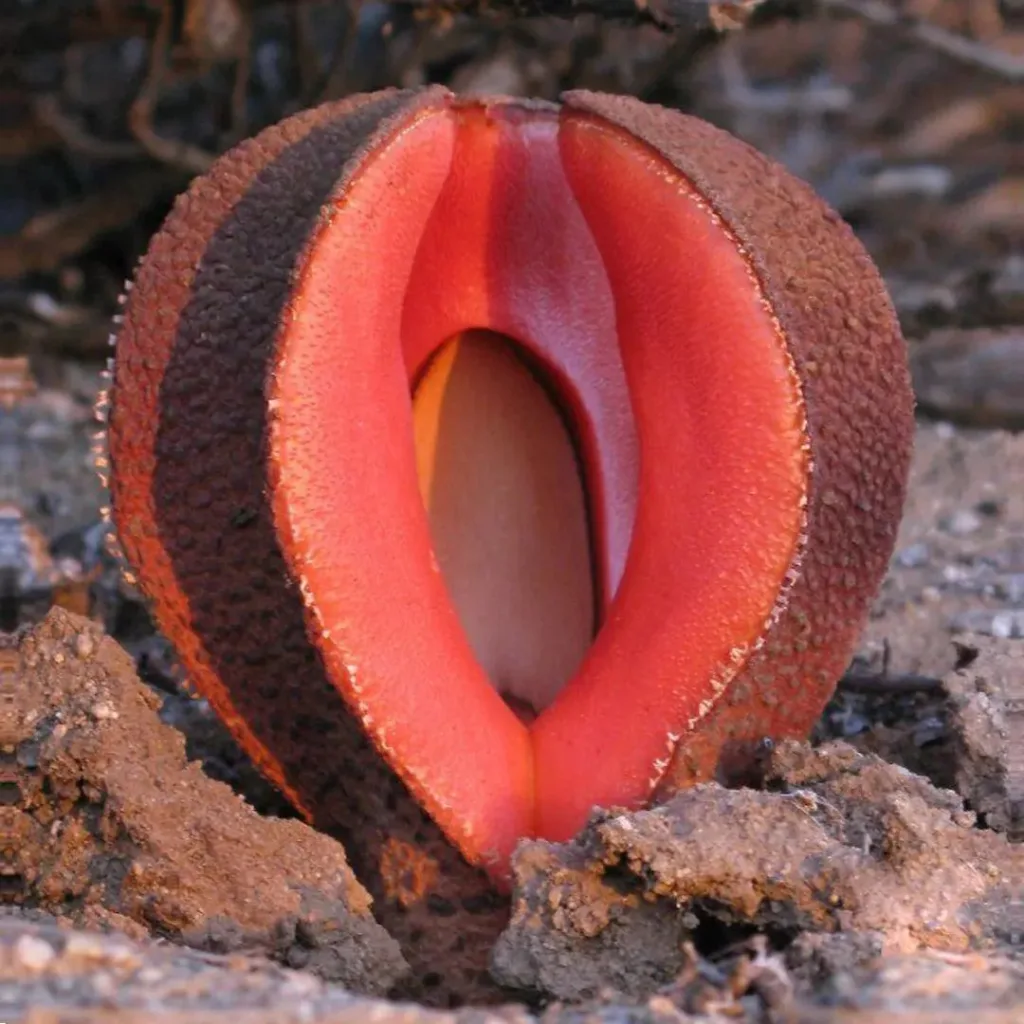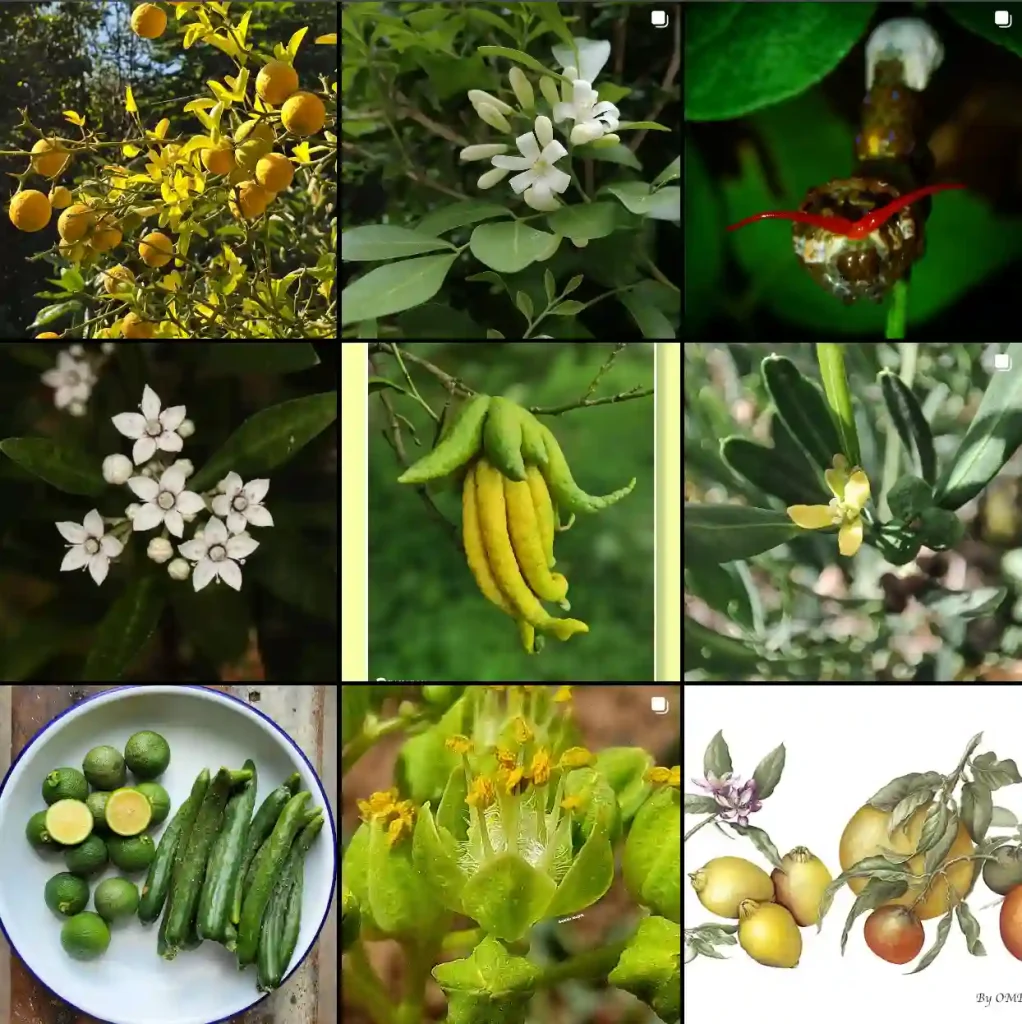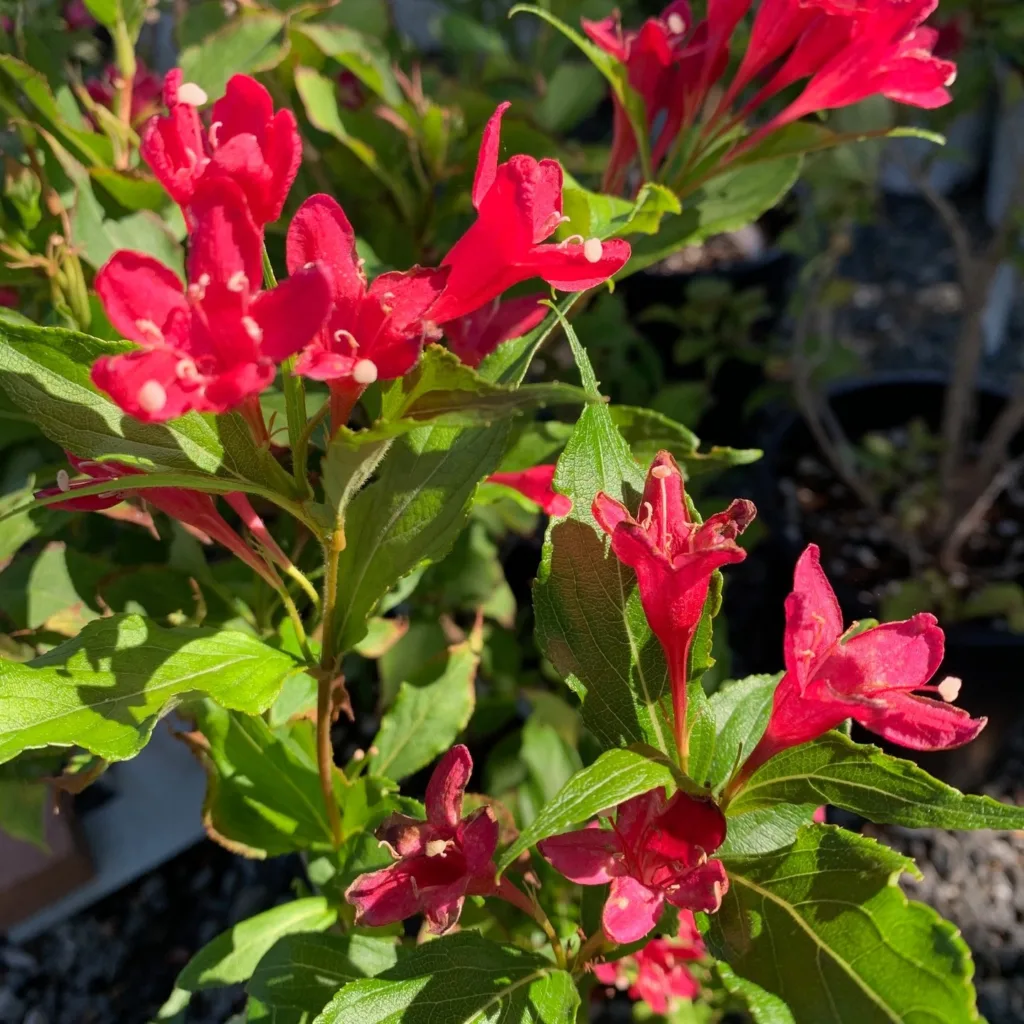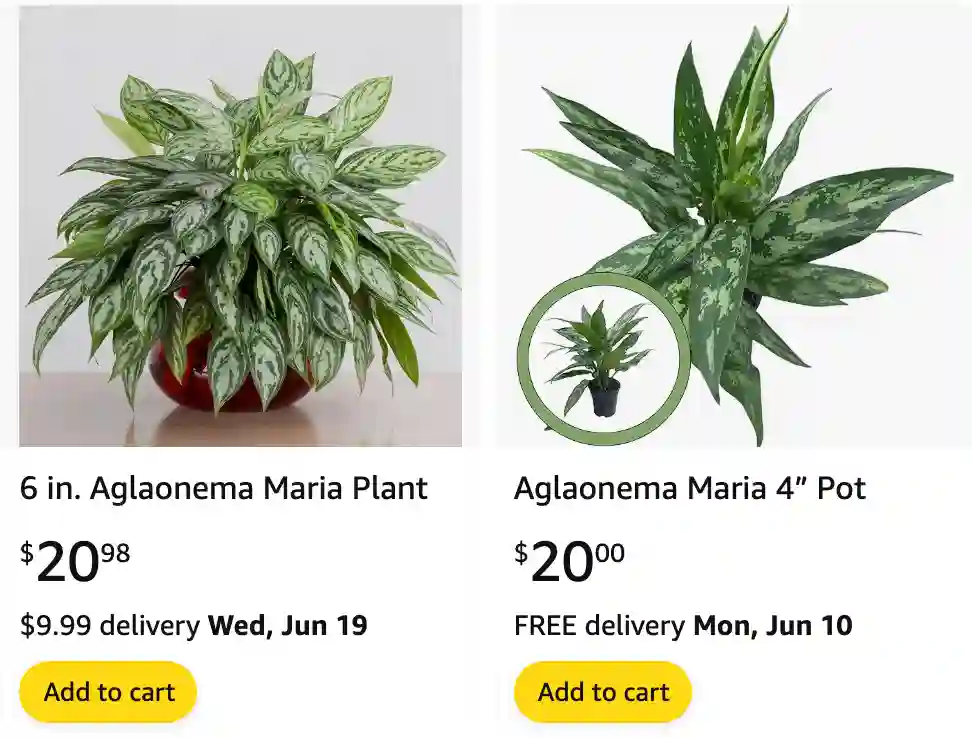
The Enduring Appeal of Aglaonema Maria: A Plant Dad’s Guide
Ah, the Aglaonema Maria. This isn’t your average houseplant. With its stunning variegated leaves and low-maintenance needs, it’s become a constant companion in my urban jungle. But fear not, fellow plant enthusiasts! Even if you lack a sprawling backyard, this tropical wonder can thrive indoors, adding a touch of elegance to your space.
Over the past year, I’ve learned a lot about caring for this beauty. From watering schedules to propagation techniques, I’m here to share my experience and transform you into a confident Aglaonema Maria plant parent.
26 Species in Genus Aglaonema
What is Aglaonema Maria?
The Aglaonema Maria, also known as the Chinese Evergreen, is a true survivor. Its native habitat – the tropical rainforests of Southeast Asia – speaks volumes about its resilience. Lush, green foliage splashed with silvery-white markings – that’s the hallmark of this evergreen wonder. It grows in a compact form, seldom exceeding 2 feet in height, making it ideal for apartments or smaller living spaces.
What truly sets the Aglaonema Maria apart is its air-purifying properties. It acts as a natural filter, removing toxins like benzene and formaldehyde from the surrounding air. So, not only does it beautify your home, but it also contributes to a healthier environment.
Aglaonema Maria vs Tigress
I’ve noticed that Aglaonema Maria’s deep green leaves give my living room a cozy vibe, while Aglaonema Tigress, with its striking striped pattern, always grabs attention when I have guests over
How to Care for Aglaonema Maria?
Success with the Aglaonema Maria hinges on mimicking its natural environment. Here’s what you need to know:
- Light: Think dappled sunlight, not scorching midday sun. A bright, indirect location is ideal. Avoid placing it near south-facing windows where harsh rays can scorch the leaves.
- Watering: Don’t drown your plant! The Aglaonema Maria thrives in moist, not soggy, soil. Allow the top inch of soil to dry out completely between waterings. Overwatering is a leading cause of root rot, so err on the side of underwatering.
- Humidity: Remember, it’s a rainforest native. Mimic that humidity by grouping your Aglaonema Maria with other plants or placing it on a pebble tray filled with water. A humidifier is another option, especially in drier climates.
- Soil: Opt for a well-draining potting mix specifically formulated for houseplants. A good mix will allow for proper aeration and prevent waterlogging.
- Fertilizer: During the growing season (spring and summer), a light application of balanced fertilizer once a month will suffice. Hold off on fertilizing during fall and winter when growth slows.
Patience is Key: How Long Does it Take to Reroot Aglaonema Maria?
Propagation is a fantastic way to expand your plant collection. The Aglaonema Maria can be propagated through stem cuttings. Here’s the process:
- Choose a healthy stem with at least two leaves.
- Make a clean cut just below a node (the bump where a leaf joins the stem).
- Plant the cutting in a pot filled with moist potting mix.
- Cover the pot loosely with a plastic bag to create a mini greenhouse environment.
- Patience is key! It can take anywhere from 4-8 weeks for roots to establish. Maintain consistent moisture and indirect light during this period.
While the exact time for rerooting can vary depending on factors like temperature and humidity, with a little patience, you’ll soon be rewarded with a thriving new Aglaonema Maria.
What to Plant With Your Aglaonema Maria?
The Aglaonema Maria’s beauty lies in its simplicity. But don’t be afraid to create a stunning indoor jungle by pairing it with other low-light loving plants. Here are a few suggestions:
- Snake Plant (Sansevieria): With its upright architectural form, the Snake Plant complements the Aglaonema Maria’s flowing foliage.
- ZZ Plant (Zamioculcas zamiifolia): Another low-maintenance wonder, the ZZ Plant’s glossy leaves add a touch of texture to the mix.
- Philodendron (various species): Philodendrons come in a variety of leaf shapes and sizes, offering endless possibilities for a lush indoor display.
With a little TLC and the knowledge shared here, you can cultivate a thriving Aglaonema Maria that will grace your home for years to come. Remember, happy plants, happy plant parent!
If i die, water my plants!
